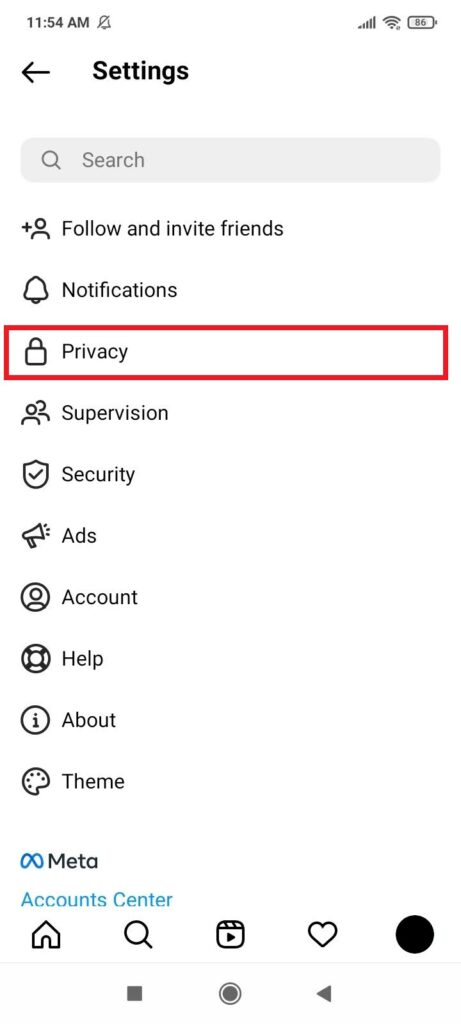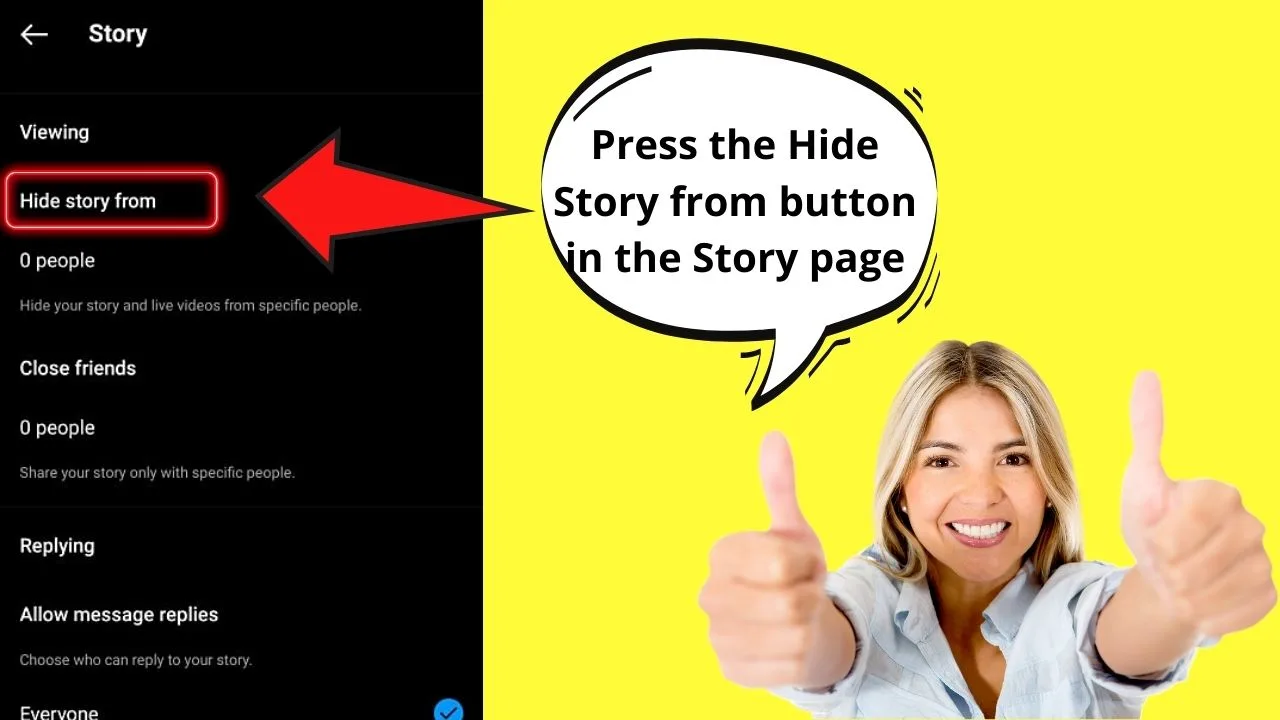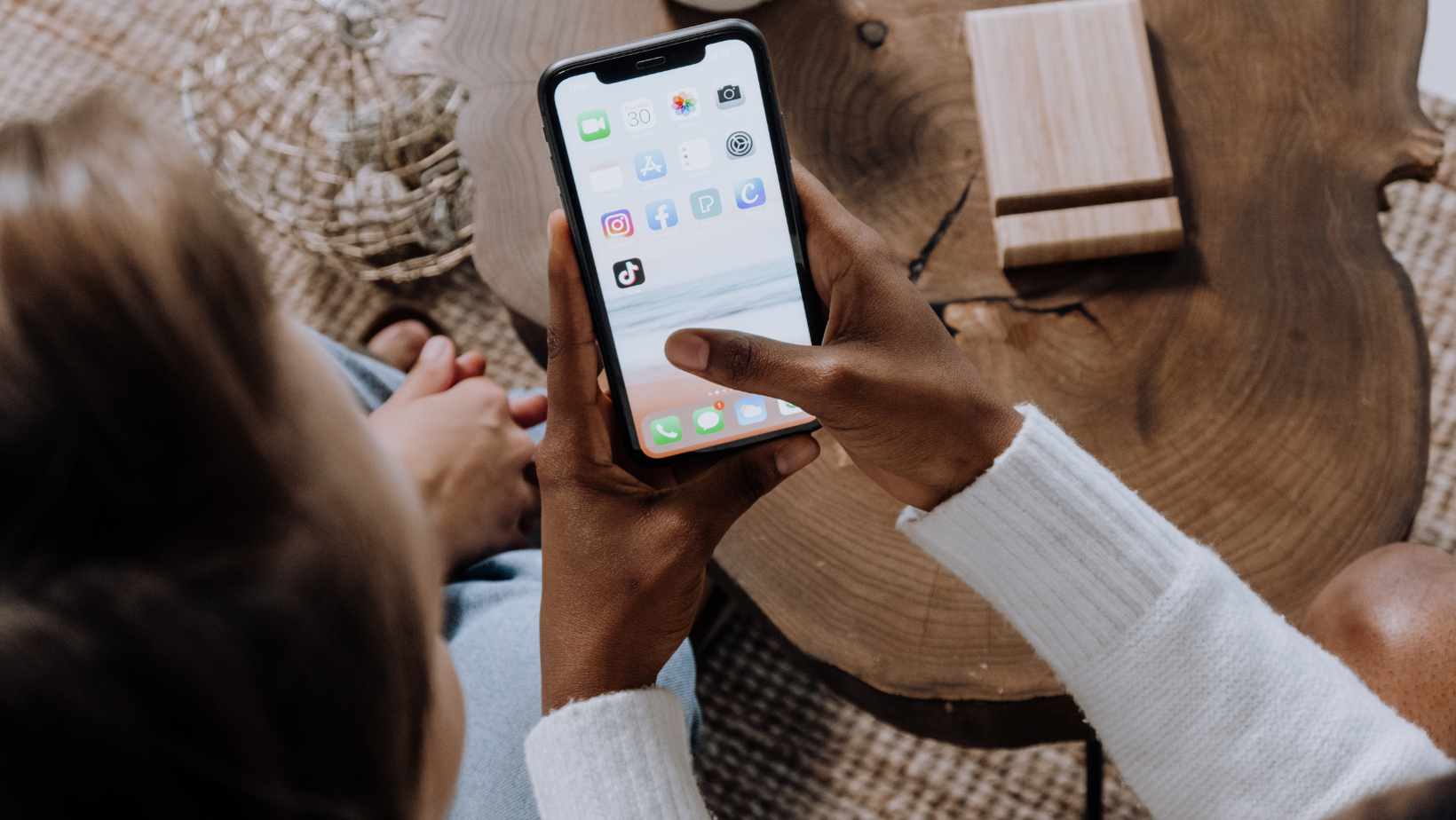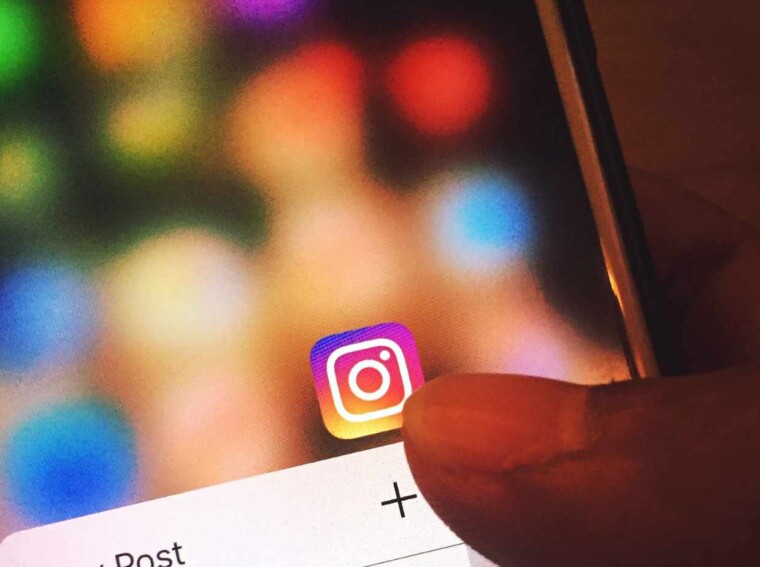Does Hiding Your Story Hide Your Highlights

The aroma of freshly brewed coffee mingled with nervous chatter filled the small community center. Sunlight streamed through the large windows, illuminating faces etched with anticipation and a hint of apprehension. Today was story-sharing day, a monthly event designed to foster connection and vulnerability. Yet, in a corner, sat a young woman named Maya, clutching a notebook to her chest, her eyes darting around the room, a silent battle raging within her – to share or to stay silent, to reveal her story or to keep its highlights hidden from the world.
At its core, this encapsulates the central question many face: Does concealing our personal narratives, particularly the challenging chapters, inadvertently diminish the brilliance of our triumphs and the full spectrum of our authentic selves? It's a question that resonates deeply in a culture that often celebrates curated perfection, leaving little space for the messy, imperfect reality of human experience.
The Weight of Unspoken Stories
For years, Maya believed her story was one of shame. A difficult childhood, marked by instability and hardship, had left her feeling broken and unworthy.
She meticulously crafted a facade of strength and success, burying the pain and vulnerability deep within. This is not an uncommon behavior, and many studies have shown that trauma, particularly when unaddressed, often leads to the construction of elaborate defense mechanisms.
Dr. Brené Brown, a renowned researcher on vulnerability, emphasizes that "owning our story can be hard but not nearly as difficult as spending our lives running from it." Her work highlights the transformative power of embracing vulnerability and sharing our experiences, both positive and negative.
The Allure of Curated Perfection
In the age of social media, the pressure to present a flawless image is immense. Carefully filtered photos, boastful updates, and highlight reels of seemingly perfect lives dominate our online feeds.
This constant exposure to curated perfection can create a toxic environment where individuals feel compelled to hide their struggles and insecurities. A 2018 study published in the Journal of Social and Clinical Psychology found a significant correlation between social media use and increased feelings of loneliness and social comparison.
It’s a vicious cycle – we hide our stories to fit in, but in doing so, we further isolate ourselves and reinforce the belief that our experiences are somehow abnormal or shameful.
The Power of Vulnerability
But what if, instead of concealing our stories, we embraced them? What if we dared to show the world the scars beneath the surface, the cracks in our armor?
Vulnerability, as Dr. Brown argues, is not weakness; it is courage. It is the willingness to show up and be seen, even when there is no guarantee of acceptance or understanding. Research suggests that vulnerability is a cornerstone of connection and intimacy.
When we share our stories, we create opportunities for empathy, understanding, and solidarity. We discover that we are not alone in our struggles, and that our experiences, even the painful ones, can be a source of strength and resilience.
Reframing the Narrative
Maya's journey began with a small step: sharing her story with a trusted friend. The relief she felt was immediate and profound.
For the first time, she felt seen and understood, not judged or pitied. This initial act of vulnerability emboldened her to take further steps, eventually leading her to that community center on story-sharing day.
She realized that her past, though difficult, had shaped her into the resilient and compassionate woman she was today. Her struggles had given her a unique perspective and a deep understanding of human suffering.
Her story, once a source of shame, had become a source of strength and purpose.
The Ripple Effect of Authenticity
The impact of sharing our stories extends far beyond ourselves. When we are vulnerable and authentic, we create space for others to do the same.
We challenge the culture of curated perfection and demonstrate that it is okay to be imperfect, to struggle, and to be human. This ripple effect of authenticity can transform communities and create a more compassionate and understanding world.
Moreover, by sharing our stories, we preserve them for future generations. The oral traditions of our ancestors are a valuable source of history, culture, and wisdom, but that information is lost when we chose silence.
The Business Case for Vulnerability
While the personal benefits are clear, vulnerability also has a surprising role to play in the workplace. In today's collaborative environments, trust and open communication are critical.
According to a study published in the Harvard Business Review, teams that foster a culture of psychological safety – where members feel comfortable taking risks and being vulnerable – are more innovative, productive, and engaged. Leaders who are willing to share their own challenges and mistakes create an environment where others feel safe to do the same.
This, in turn, leads to better problem-solving, increased creativity, and stronger team cohesion.
Embracing the Full Spectrum
Ultimately, the question of whether hiding our story hides our highlights boils down to a matter of authenticity. When we try to suppress or deny parts of ourselves, we diminish our capacity for joy, connection, and fulfillment.
Our struggles and triumphs are intertwined, and it is through embracing the full spectrum of our experiences that we truly come alive. It's important to note that there are situations and circumstances in which sharing is not safe or advisable.
Seeking professional guidance from a therapist or counselor can be invaluable in navigating complex emotions and determining the appropriate time and place to share one's story. The key is to find a balance between self-protection and authentic expression.
A Quiet Transformation
Back in the community center, Maya took a deep breath and stood up. Her voice trembled slightly as she began to share her story.
She spoke of the hardships she had faced, the pain she had endured, and the strength she had found within herself. As she spoke, she noticed that the room had grown quiet. Heads nodded in understanding, and tears welled up in some eyes.
When she finished, the room erupted in applause. People came up to her to offer words of encouragement and support. In that moment, Maya realized that she had not only shared her story, but she had also reclaimed it.
The Highlights, Fully Illuminated
The story, once shrouded in darkness, now shined brightly. The struggles had fueled her empathy, her hardships had deepened her resilience, and her vulnerability had created a profound connection with others.
By embracing her full self, imperfections and all, Maya had not only illuminated her own highlights but had also inspired others to do the same. So, the next time you find yourself tempted to hide your story, remember Maya's journey.
Consider the possibility that by sharing your truth, you might not only heal yourself but also inspire and empower those around you. After all, it is often in the darkest moments that our brightest highlights emerge.


















